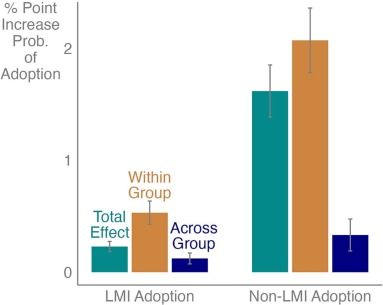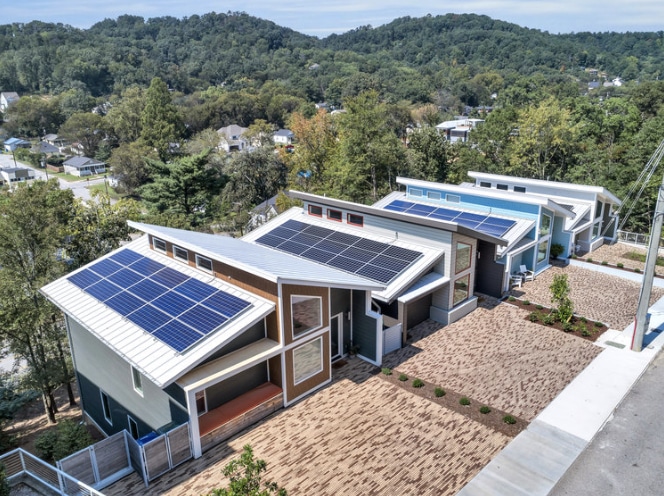Solar on a neighbor’s rooftop may influence another neighbor to go solar, especially if the solar is visible and if the neighbor talks about it. However, the level of influence is not even across income levels, as noted in the recent report by researchers at Lawrence Berkeley National Lab, “The role of peer influence in rooftop solar adoption inequity in the United States,” published in Science Direct.
Understanding peer influence in the solar buying decision is important as the solar industry strives to roll out solar to increasing numbers of households. As it is discovered that peer influence is not as strong among low- to middle-income (LMI) households, the solar industry may be better able to adjust its marketing focus and policy makers may consider changes to policies to increase LMI adoption.
As a data source, the researchers used records of over 800,000 U.S. rooftop solar installation records compiled by BuildZoom, an online platform connecting households with service contractors. They then used customer addresses to match the solar records to modeled household-level income estimates generated by Experian and eliminated tracts with daily adoption rates of >10% as extreme outliers or possible data errors.
They found that peer effects are stronger within income groups than across varying groups. But they also found that low-income households are less likely to adopt solar based on peer effects, likely due to the barriers of adoption.

The report identifies the greatest barrier to adoption for LMI households to be budget constraint. The reality is, according to the researchers, that while LMI households may be influenced by peers, they are less likely to adopt.
With solar adoption as a part of U.S. solar policy, for example, through the Justice40 initiative, the results of the report can provide a rationale for seeding programs. This would entail installing solar on LMI rooftops or in LMI areas, hoping that they prime area residents to adopt solar. The researchers suggest that the results provide a further rationale to pair such policies with incentives or access to low-cost financing in order to remove the budget constraint barrier, thus making solar more accessible to all.
This content is protected by copyright and may not be reused. If you want to cooperate with us and would like to reuse some of our content, please contact: editors@pv-magazine.com.









By submitting this form you agree to pv magazine using your data for the purposes of publishing your comment.
Your personal data will only be disclosed or otherwise transmitted to third parties for the purposes of spam filtering or if this is necessary for technical maintenance of the website. Any other transfer to third parties will not take place unless this is justified on the basis of applicable data protection regulations or if pv magazine is legally obliged to do so.
You may revoke this consent at any time with effect for the future, in which case your personal data will be deleted immediately. Otherwise, your data will be deleted if pv magazine has processed your request or the purpose of data storage is fulfilled.
Further information on data privacy can be found in our Data Protection Policy.